Over 33 years ago, on December 3rd, 1990, two Northwest Airlines aircraft collided on the runway at Detroit Metropolitan Wayne County Airport (DTW), killing seven passengers and one crew member.
Northwest Airlines Flight 1482 was a regularly scheduled service between Detroit and Pittsburgh International Airport (PIT) in Pennsylvania. The aircraft deployed on the flight was a 24-year-old Douglas DC-9. In charge of the flight was 52-year-old Captain William Lovelace, an experienced pilot with 23,000 flight hours, 4,000 of which were on the DC-9. Assisting the captain was 43-year-old First Officer James Schifferns, who had 4,685 flying hours, of which 185 were on the DC-9.
The second aircraft involved in the collision was Northwest Airlines Flight 299, a regularly scheduled service between Detroit and Memphis International Airport (MEM) in Tennessee. The aircraft being used for the flight was a 24-year-old Boeing 727, acquired by the carrier in 1975. 42-year-old Captain Robert Ouellette had 10,400 flight hours, of which 5,400 were on the Boeing 727. Working alongside the captain was 37-year-old First Officer William Hagedorn, with 3,300 flight hours, of which 900 were on the Boeing 727.
Wayne County Airport was shrouded in fog
On the day of the accident, Detroit Metropolitan Wayne County Airport (DTW) was shrouded in dense fog with visibility at just a quarter mile. At 13:35, Northwest Airlines Flight 1482 was cleared to taxi from Gate C18 to Runway 03C using taxiway Oscar 6 Foxtrot and Xray. However, the crew missed the Oscar 6 taxiway and entered the outer taxiway by mistake.
Air traffic controllers in the tower then told the pilots to head for Oscar 4 and make a right turn onto Xray. Instead, the aircraft turned right but straight onto an active runway rather than the taxiway. The pilots of the DC-9 knew instantly that they had made a mistake and contacted the tower for guidance. The tower told them to leave the runway immediately, but it was too late when they spotted Northwest Airlines Flight 1482 heading directly toward them.
The flight heading to Memphis had just received permission to take off and was traveling at 115 mph when it collided with the DC-9. The Boeing 727's right wingtip cut through the fuselage of the DC-9 just under the aircraft's windows, before impacting the No.2 engine. Seven passengers and one crew member were killed on the DC-9, with nobody aboard the Boeing 727 sustaining any injuries.
The investigation into the collision
The National Transportation Safety Board (NTSB) determined the probable cause of the collision was a lack of crew coordination led to the pilots failing to stop and contact the tower when they knew they were not where they were supposed to be.
Contributing to the accident were:
- Deficiencies in the Detroit tower's air traffic control (ATC) services. These included a failure by the ground controller to take timely action and prevent a runway incursion.
- Poor visibility due to the fog.
- Confusing taxiway instructions.
- A lack of airport taxiway and runway markings on the surface, compounded with poor signage and lighting.
- A failure by Northwest Airlines to provide proper training for aircrews.
- A contributing factor to the number of people injured on the DC-9 was the crew's failure to evacuate the aircraft properly.
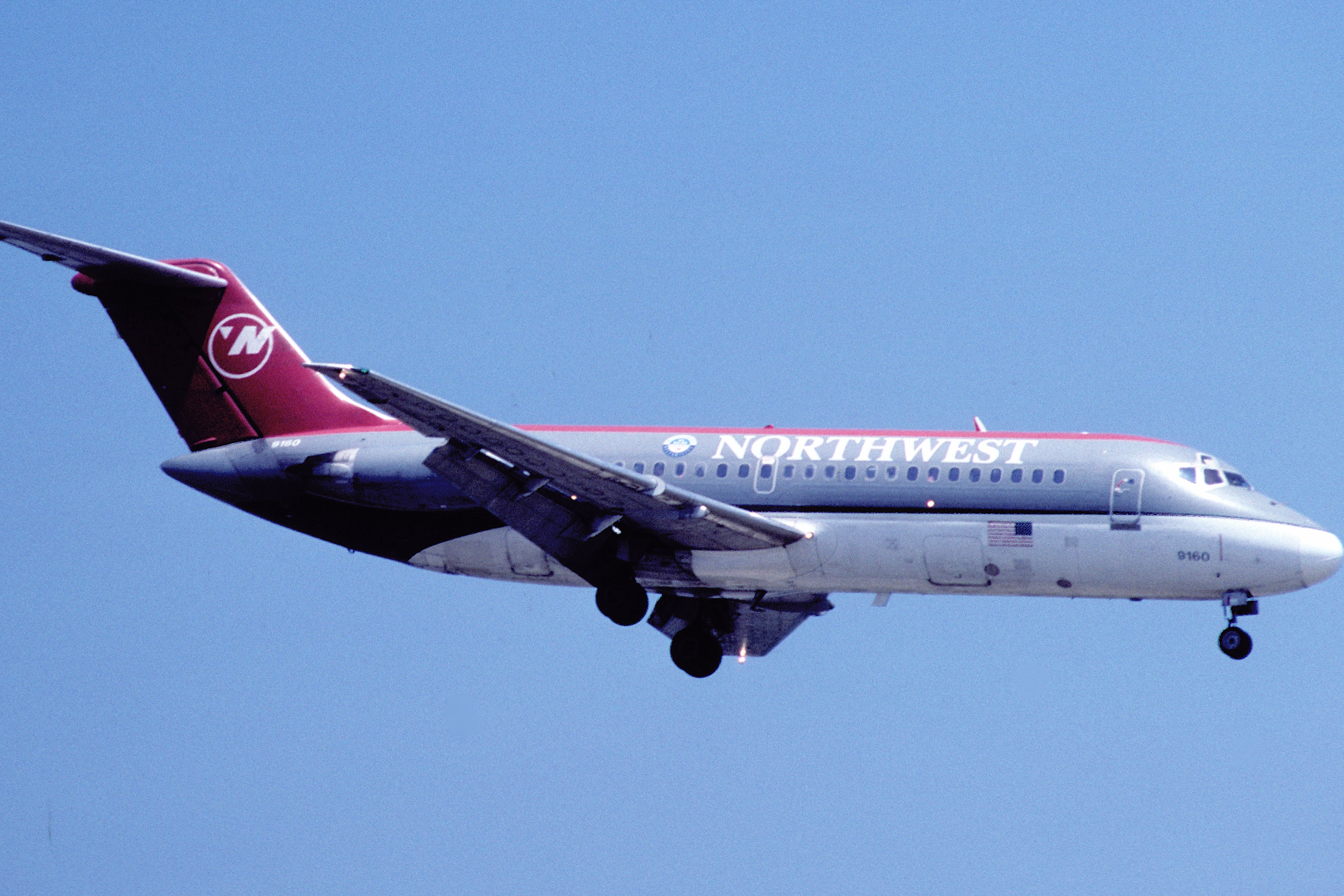
Northwest Airlines Flight 1482 & 299 - A Cabin Crew Perspective
Lost in fog and a fatal collision.Northwest Airlines becomes Delta Air Lines
18 years after the incident, in April 2008, Northwest Airlines and Delta Air Lines announced their intention to merge, forming what was, at the time, the largest commercial airline in the world, with an extensive fleet of 786 aircraft. By 2010, the Northwest Airlines brand had been fully incorporated into Delta Air Lines. The carrier remained the world's largest airline until the American Airlines-US Airways merger in 2013.
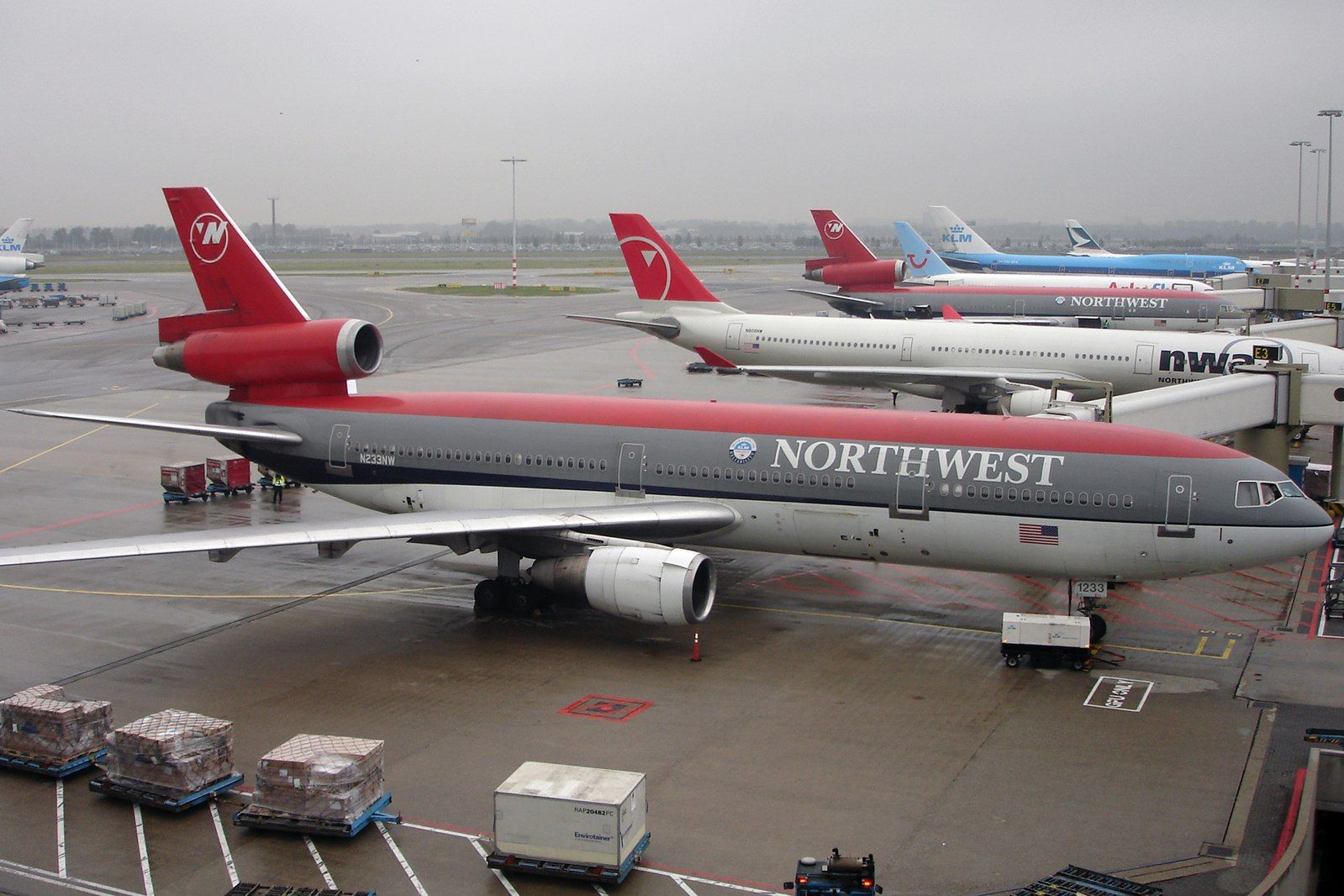
Which Aircraft Did Northwest Airlines Operate?
Throughout its 83-year history, the airline operated a total of 1,086 aircraftDetroit Metropolitan Wayne County Airport was a significant hub for Northwest Airlines, and continues to be for Delta Air Lines today. Last year, the carrier boasted a 57% market share at the airport, significantly ahead of second-placed Spirit Airlines with an 11% share.
Delta Air Lines connects Detroit Metropolitan Wayne County Airport with destinations across North and Central America, as well as a handful of long-haul services to Europe and Asia. The carrier flies to the likes of London Heathrow (LHR), Seoul (ICN), Shanghai Pudong (PVG), and Amsterdam (AMS), connecting with the respective hubs of its fellow SkyTeam member airlines.
At the end of last year, Turkish Airlines launched the airport's first services to Turkey, with direct flights to Istanbul (IST). The Star Alliance carrier deploys its Boeing 787-9s on the route three times per week.
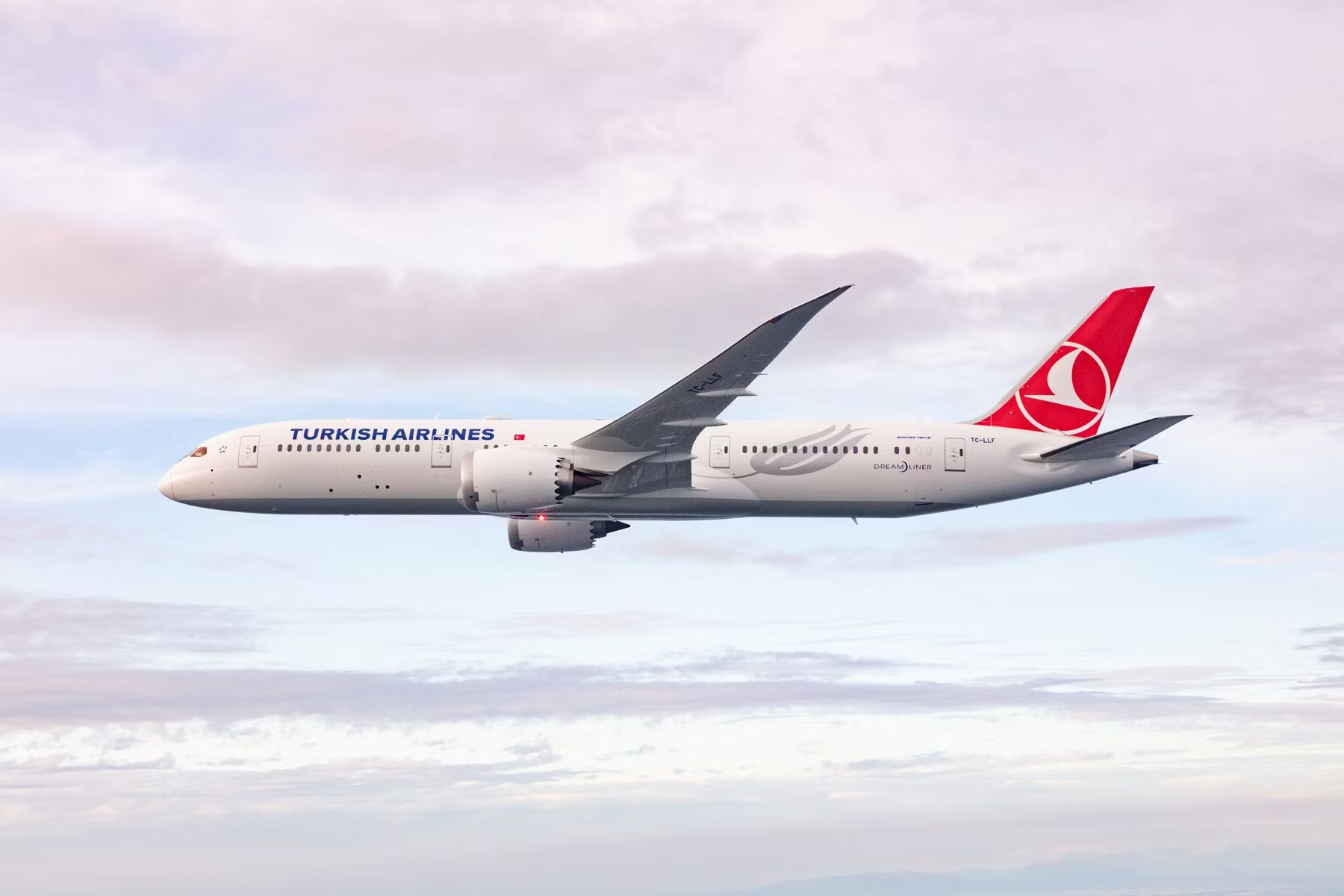
Detroit Becomes Turkish Airlines’ 13th American Destination
The carrier continues to expand its US network.What do you think of the 1990 Wayne County Airport runway collision between two Northwest Airlines aircraft? Had you heard of the incident before? Let us know in the comment section.

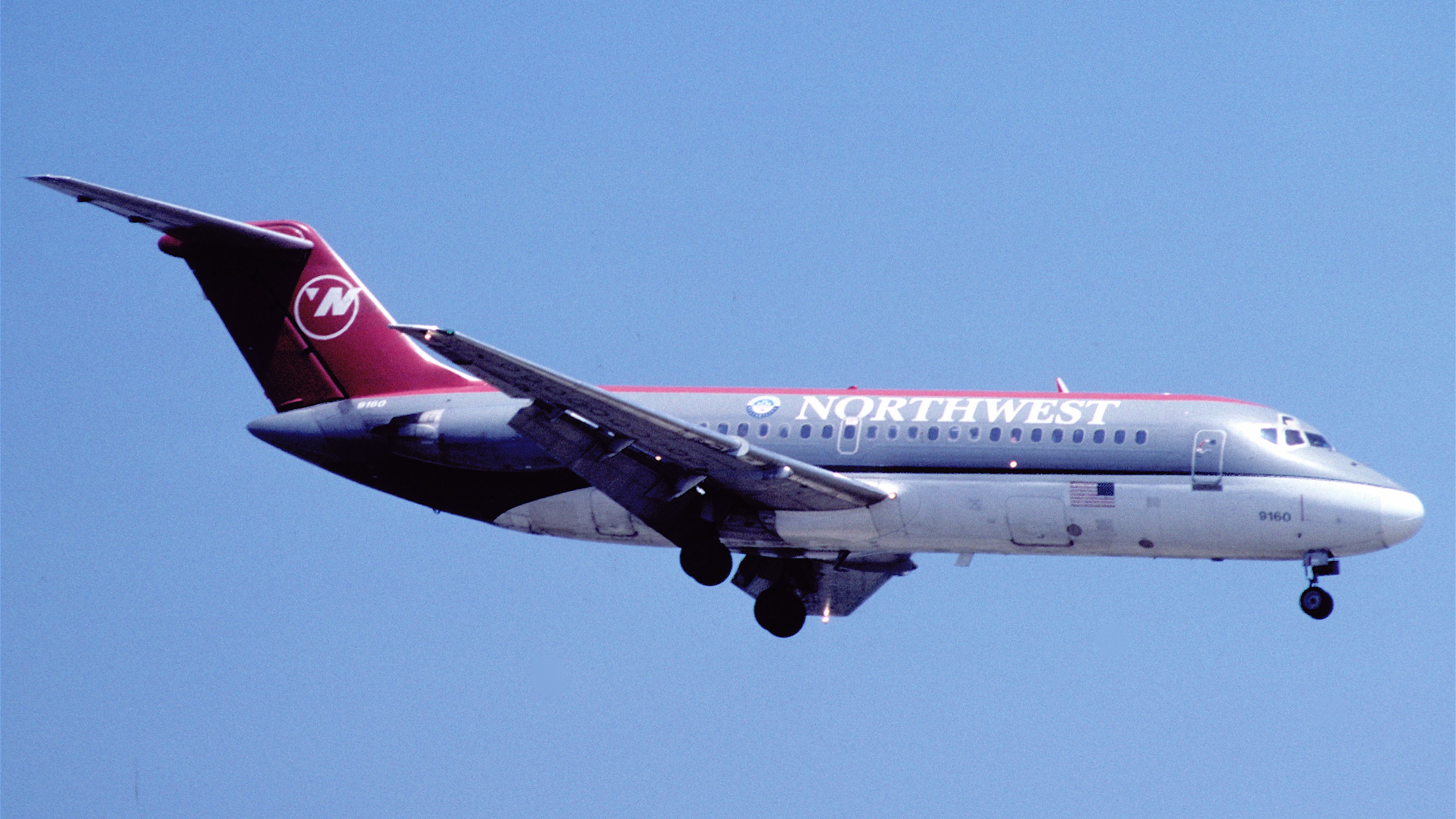
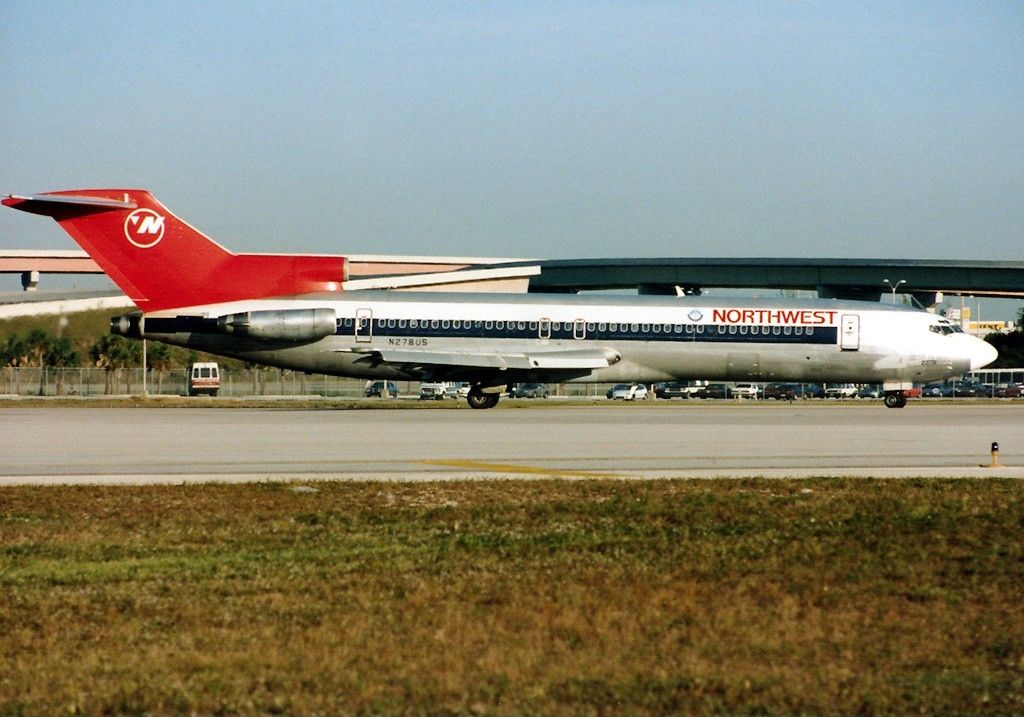
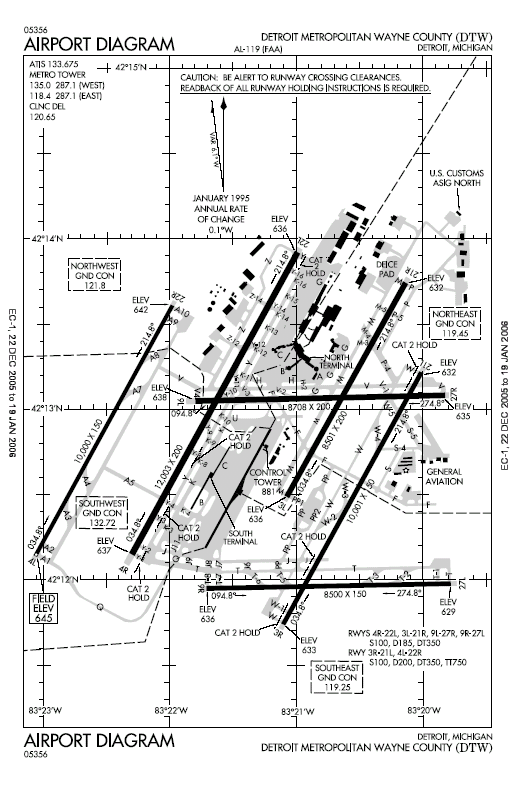
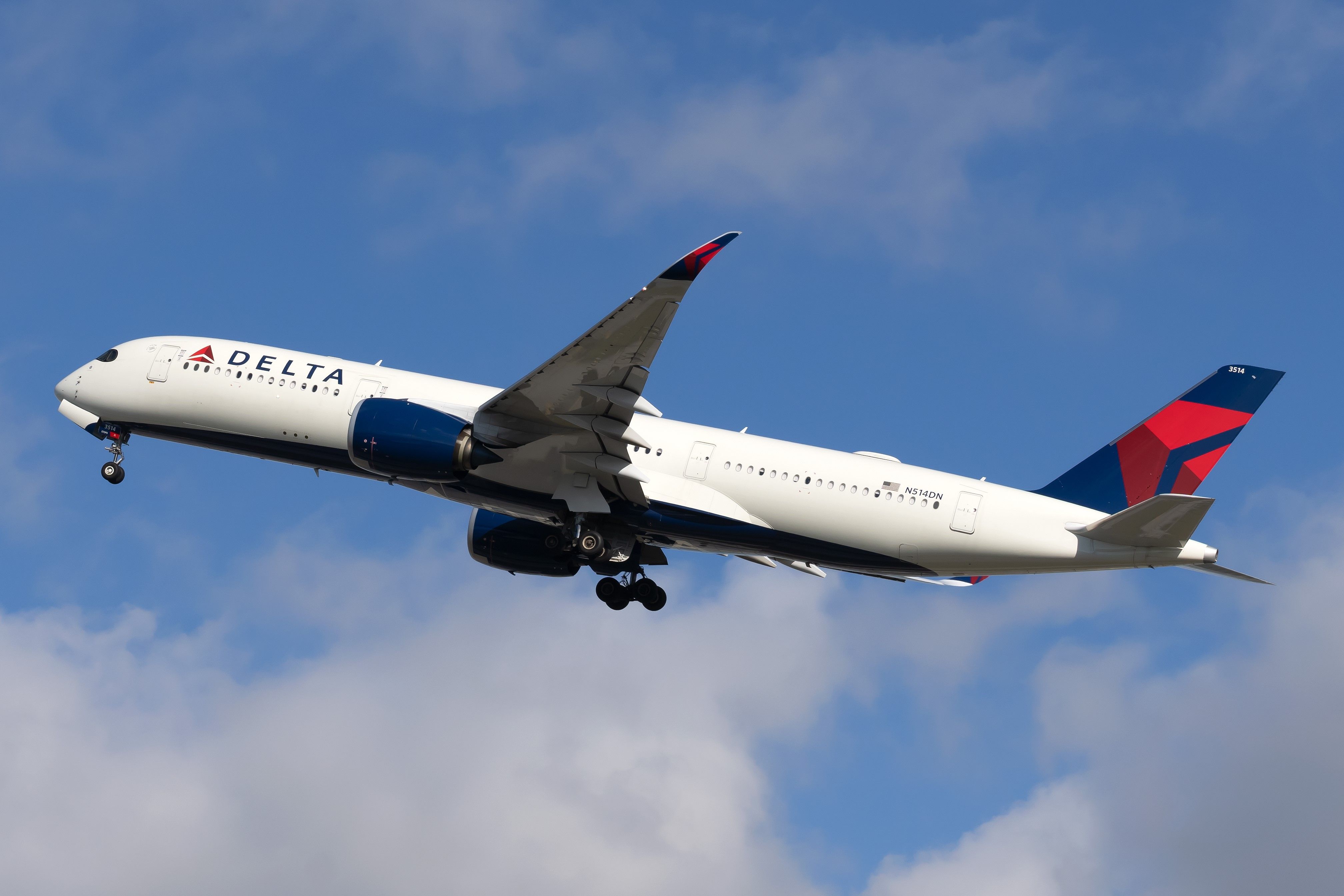
![Sept 2011 DTW aerial - 2835x2850[1]](https://static1.simpleflyingimages.com/wordpress/wp-content/uploads/2022/04/Sept-2011-DTW-aerial---2835x28501.JPG)